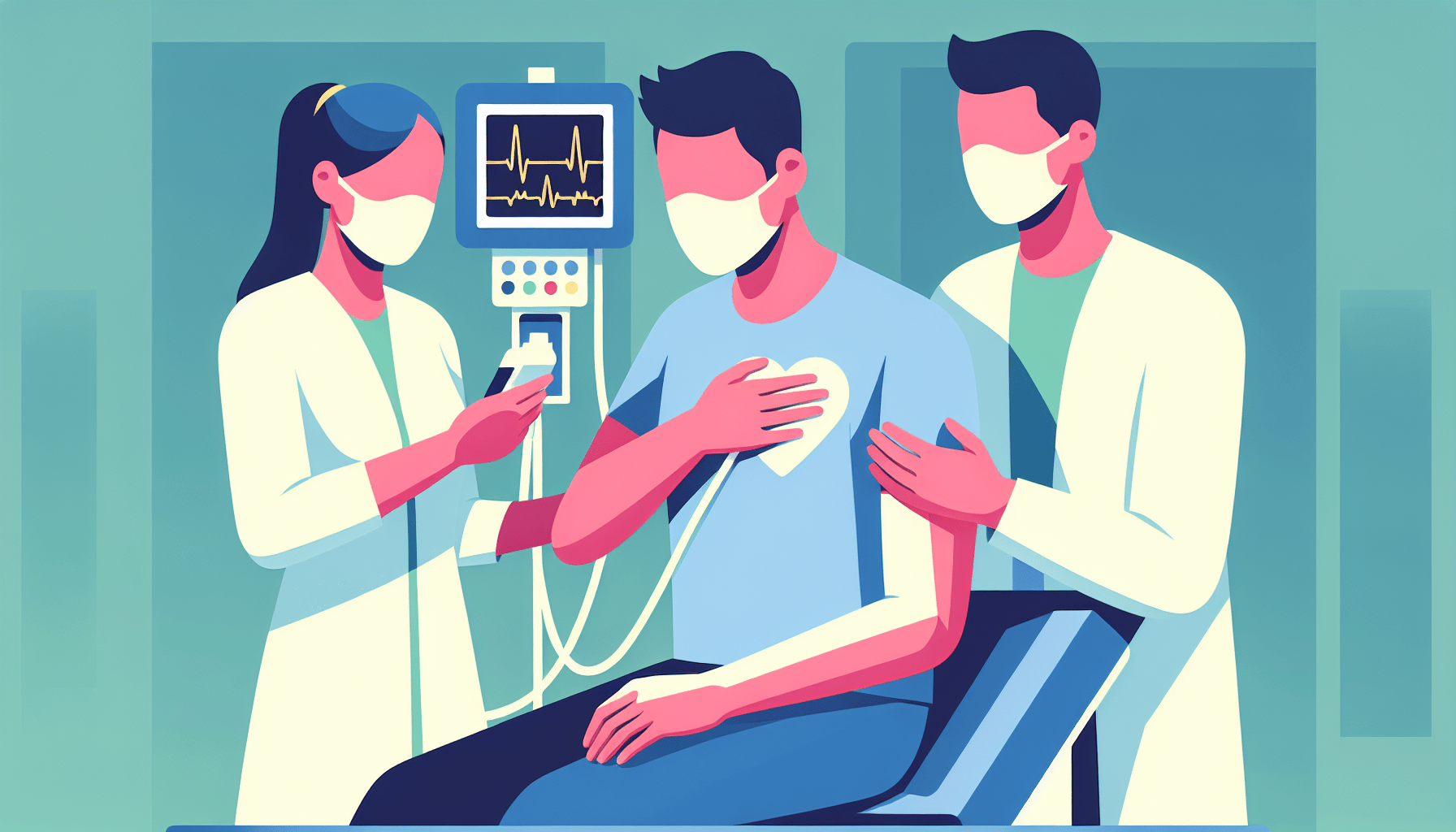Can I Take Zepbound a Day Early?
Key TakeawaysZepbound is a once-weekly injectable medication for weight management and obstructive sleep apnea (OSA) linked to obesity.Taking Zepbound a day early is [...]
Read MoreIf you witness someone having a seizure, it's essential to know how to help keep them safe. While most seizures aren't life-threatening, taking simple steps can prevent injury and provide comfort to the person experiencing the seizure. In this article, we'll discuss the different types of seizures, what you can do to help, and when to call for emergency assistance.
The most well-known type of seizure is the generalized tonic-clonic seizure, also called a grand mal seizure. These seizures typically follow a pattern:
The person becomes unresponsive and may collapse.
Their muscles stiffen (tonic phase), lasting a few seconds.
Jerking movements occur (clonic phase), which can last several minutes.
The person becomes alert but may be confused or tired.
Focal seizures, on the other hand, are less intense and usually last only a minute or two. The person may experience stiffness or rhythmic movements in one part of their body, or they may appear to "zone out" or stare blankly.
When helping someone during a seizure, the main goal is to ensure their safety. Here's what you can do:
Give the person space and keep others back.
Remove any hard or sharp objects nearby.
Cushion their head with something soft.
Loosen tight clothing around their neck, if possible.
Do not try to restrain them or put anything in their mouth.
If their head isn't moving, gently turn it to one side.
Time the length of the seizure.
After the jerking stops, place them on their side to keep their airway clear.
Guide the person away from hazards like traffic, stairs, or water.
Stay with them until they are fully aware of their surroundings.
Speak calmly and reassure them if they are confused or frightened.
Do not give them anything to eat or drink until they have completely recovered.

In some cases, rescue medications can be used to help stop a seizure quickly. These medications, usually benzodiazepines, can be administered nasally, orally, sublingually, buccally, or rectally. Common rescue medications include:
Diazepam (Valtoco, Diastat)
Lorazepam
Midazolam (Nayzilam)
It's important to note that rescue medications should only be used in emergency situations and do not replace daily seizure medications.
While most seizures don't require emergency medical attention, there are situations when it's crucial to call 911:
If it's a child's first seizure
If the seizure lasts longer than 5 minutes
If another seizure begins soon after the first
If the person doesn't "wake up" after the seizure
If the person was injured during the seizure
If you suspect something else may be wrong or the person has another medical condition
By familiarizing yourself with seizure first aid, you can help keep someone safe during a seizure and provide them with the support they need. Remember to stay calm, focus on their safety, and call for help when necessary.
For more information on seizures and first aid, visit:
Key TakeawaysZepbound is a once-weekly injectable medication for weight management and obstructive sleep apnea (OSA) linked to obesity.Taking Zepbound a day early is [...]
Read MoreKey TakeawaysZepbound is an FDA-approved medication for chronic weight management in adults with obesity or overweight, and for moderate to severe obstructive sleep apnea [...]
Read MoreKey TakeawaysZepbound is a once-weekly injectable medication that supports weight loss by activating hormone pathways regulating appetite and digestion.After the first dose, [...]
Read More